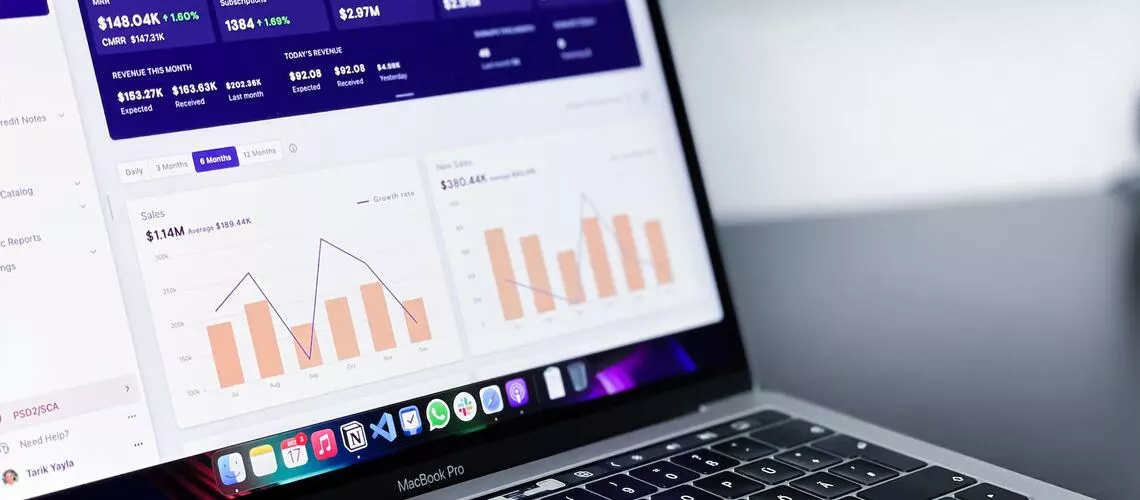The process of valuing properties in Australia is constantly evolving as new technologies and data sources become available. Over the past decade, several innovative valuation approaches have emerged that are transforming the way property prices and values are determined across the country.
AI and Automated Valuation Models
One of the biggest shifts has been the rise of automated valuation models (AVMs) that harness big data and artificial intelligence (AI). These computer-generated valuations analyse numerous property attributes and local market sales data to rapidly value properties. Major banks and online platforms now use AVMs to value millions of properties every year.
AVMs provide a low-cost way to derive a property’s value and allow valuations to be updated frequently as market conditions change. However, AVMs lack local insight compared to human valuers. There are also concerns about potential biases in training data. Most experts agree human oversight is still required.
Hedonic Pricing Models
Hedonic pricing is a statistical method that estimates property values based on inherent characteristics. The price of a property is broken down into values attributed to individual features like land size, number of bedrooms, proximity to amenities, renovations, aspect, and more.
Regression analysis determines the contribution of each variable to derive an overall property value. Hedonic modelling has become popular for mass appraisal and underpins many AVM valuations. However, estimation errors can occur if the model is oversimplified or lacks sufficient sales data.
GIS-Based Valuations
Geographic information systems (GIS) are being utilised more in property valuations. GIS integrates location-based data such as cadastral maps, zoning information, and geospatial data on natural hazards, environmental risks, and local amenities. This helps provide a more complete understanding of a property’s unique attributes and position relative to value influencers.
GIS valuations enhance valuation transparency and are useful for analysing impacts of future local developments and zoning changes on property prices. However, extensive data inputs are required which can be costly to obtain and manage.
Automated Description Writing
New technologies are emerging that automate the writing of property descriptions and condition reports using AI algorithms. These utilise computer vision to scan interior/exterior images and videos, detect property features, and generate natural language descriptions.
Automated descriptions save valuers time traditionally spent manually writing descriptions. They also help remove human observational biases and inconsistencies. However, the technology remains a work in progress with challenges accurately interpreting all property features and nuances.
Enhanced Valuer Tools
Valuers are being equipped with more sophisticated valuation tools and analytics to improve productivity and standardise outputs. Many platforms integrate directly with MLS and valuation databases to auto-populate comparable sales and property data. Other features like predefined text snippets, automated formulas, GIS-enabled field apps, and digital collaboration streamline workflows.
While they increase efficiency, critics argue some tools overly simplify the valuation process and discourage independent analytical thinking. Most agree appropriate valuer oversight remains essential when using automated valuation aids and analytics.
In summary, a range of advanced technologies are augmenting and enhancing human-led property valuations across Australia. When applied appropriately, these innovations can improve valuation accuracy, timeliness, and transparency. However, human skill, local knowledge, and accreditation standards remain central to credible valuation outcomes. Ongoing innovation balanced with regulatory oversight will be key to maximising benefits while minimising risks.



